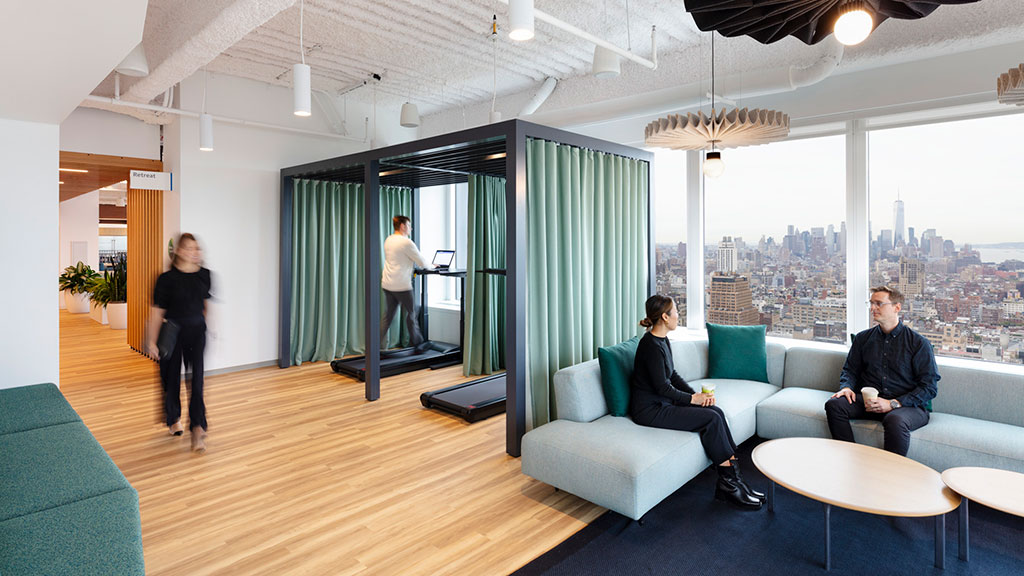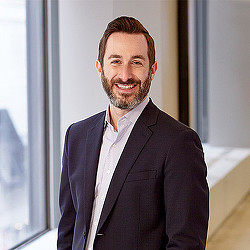2024: The Year of the Intentional Workplace
March 12, 2024 | By Michael Chappell
Editor’s note: This blog post originally appeared in Work Design Magazine.
The last few years have been both an uncertain and fascinating time for work and the workplace. Some organizations have committed to new hybrid work patterns while others are still exploring what’s right for their culture and workforce. As a global architecture and design firm with robust workplace design and strategy practice areas, Gensler is fortunate to partner with a wide range of companies across a variety of sectors and industries each at their own stage of evolution and transformation. These collaborations give our team particular insight into what it takes to create supportive workplaces as we help clients navigate the complex and complicated path to getting their workplaces just right. While each organization has a unique journey and purpose, there are three common themes Gensler’s Strategy team sees increasing in importance in 2024.
Trend #1: building culture in the workplace will continue to require more intention
The important role a well-defined company culture plays in building organizational success is well-known; however, with staff spending less time in the office, it’s even more critical to build a strong culture that connects employees to their organization’s values, builds networks of relationships, and encourages desired behaviors. Many things shape culture, but ultimately, this culture should be intentionally designed to ensure everyday behaviors align with the company’s purpose and mission.
Key approaches include:
- Agreeing on working norms, like collaboration practices and expectations surrounding in-person events, creates a culture of work behaviors that successfully enables hybrid work while also supporting company culture.
- Linking cultural norms to key initiatives, like well-being or DEI goals, can support staff while helping meet strategic goals for the company overall.
- Reducing environmental impact is another major goal of many organizations and creating a culture of sustainability can enable the organization to deliver on climate action goals, from the inside out. For example, at Gensler, to reach our commitment of carbon neutral projects across our portfolio by 2030, we have introduced company-wide training, educational opportunities, have created new roles and introduced new behaviors to ensure all our team members and partners are bringing a sustainability mindset to each project.
The Reebok Example
We have also brought this strategy to our client work. For example, when Reebok relocated from a sprawling campus outside of Boston to an urban headquarters in Boston’s Seaport District, our team worked to strengthen their identity as the premier fitness brand by organizing the workplace experience around Reebok’s distinctive brand. The five-story, 220,000-square-foot building is designed to attract top-tier talent, energize its innovation and maker culture, and amplify its global brand visibility with an integrated community focus. The new HQ’s contiguous space provides better opportunities for seamless collaboration, and the distinctive, authentic environment aligns with the company’s can-do image and inspirational values.
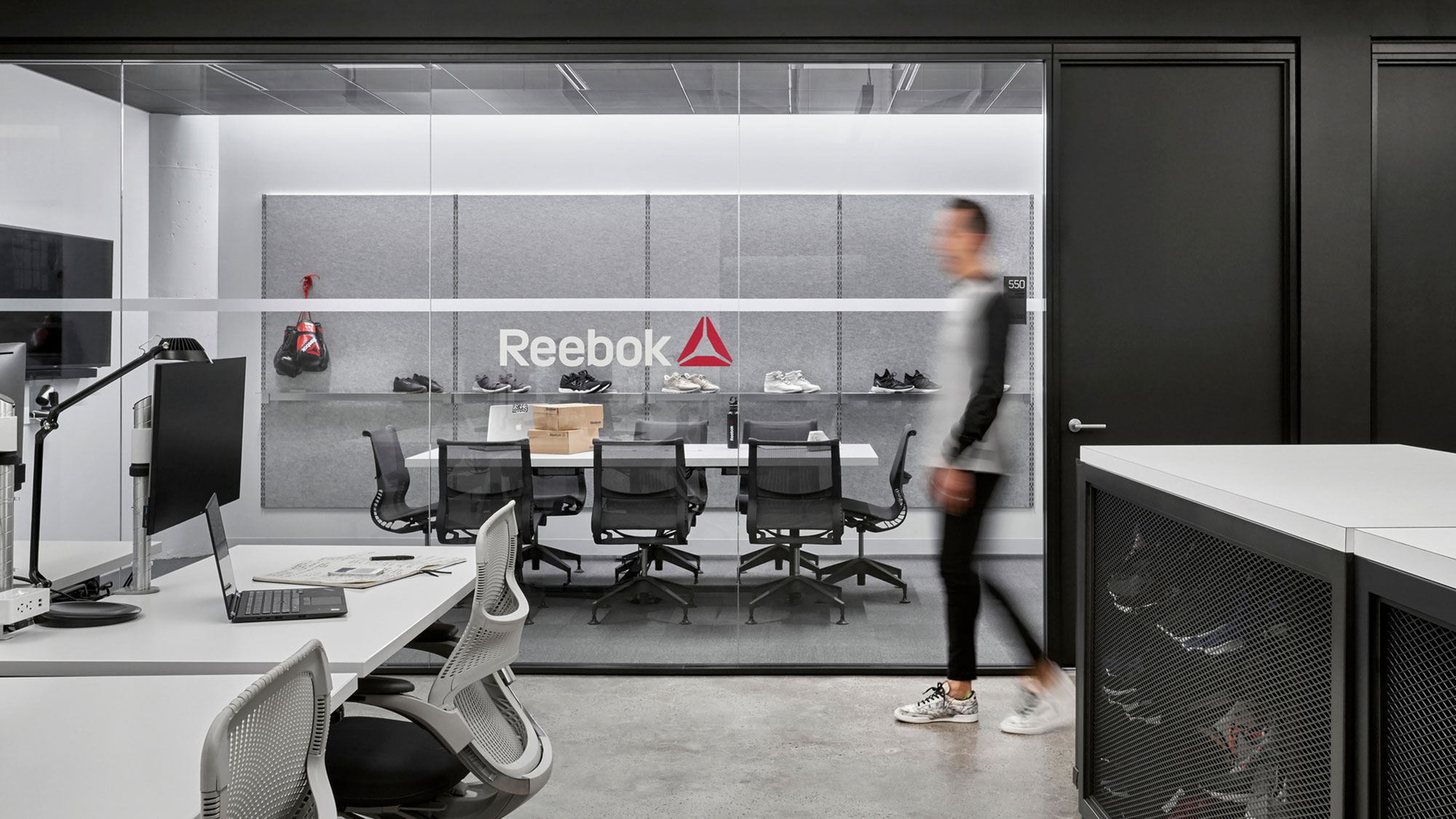
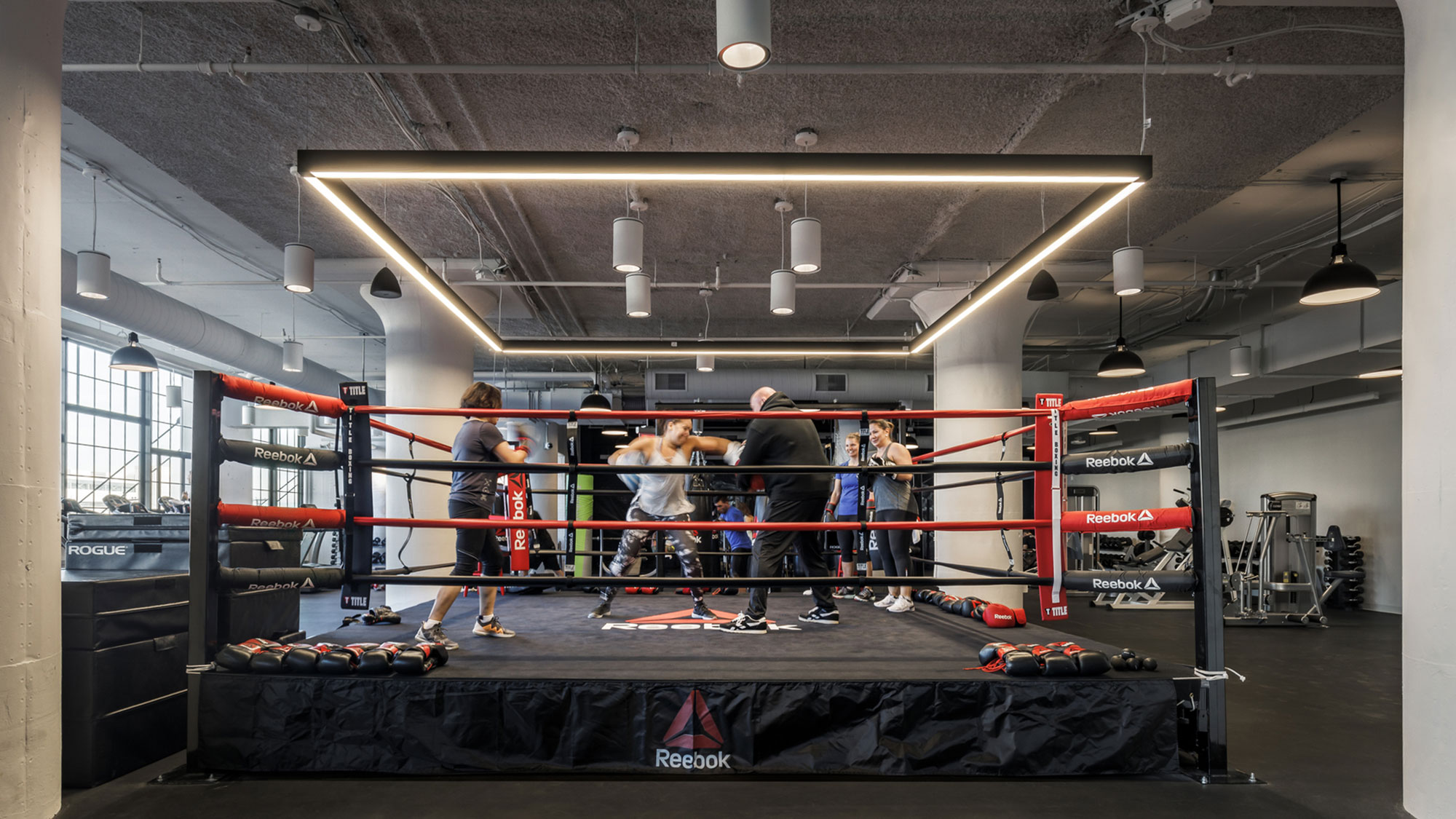
Trend #2: advanced data analytics and computational models will simulate answers to complex questions
Addressing complex, interconnected, and hypothetical strategy questions is complicated enough, and with the constantly evolving nature of today’s workplace, it can feel impossible to imagine conflicting future scenarios. Advanced data analytics and computational models help reduce uncertainty in decision-making, particularly surrounding real estate. Simulations draw from various inputs (badge swipes, sensor outputs, and employee demographics) to model millions of scenarios and identify the most likely work patterns and space requirements. Agent-based modeling, for example, can demonstrate likely attendance, anticipated user journeys, and space-use patterns for different types of workers. Visualizing this data can inform potential design changes or policy shifts that better align with workplace goals.
These tools can help companies think through workplace and real estate strategy questions, like:
- How much space is needed to support our workforce?
- Do we have the right types of space for anticipated employee work patterns?
- How do we create flexibility to minimize long-term vacancies or space deficits?
- Do we have the right policies and operational models to accommodate seasonal and weekly ebbs and flows in attendance and space usage?
Trend #3: experimentation will be at the center of creating the experience-driven workplace
According to Gensler’s 2023 Work, Life, and the Workplace Survey, workers reported needing to spend at least 63% of their time in the office to maximize productivity, despite only spending 48% of their time in-person currently. Why the discrepancy? A key factor is that the office experience itself — the “vibe” and range of spaces available — is often misaligned with employee needs.
To recalibrate workplace experience and make commuting worth it for employees, organizations should build a learning agenda to experiment and pilot potential solutions. To create a holistic workplace experience, it’s important to experiment with physical spaces, technology, services, policies, and behavioral expectations in a way that supports incorporating ongoing feedback and data to test hypotheses, improve the reliability of predictive analytics and fine-tune simulations.
The Empire BlueCross BlueShield Example
When Empire BlueCross BlueShield engaged Gensler to activate their experience strategy for their New York office relocation to the refurbished PENN 1 tower, our team created a hybrid workplace centered around an immersive user journey prioritizing wellness and amplifying the company’s brand. The hybrid workplace consists of “neighborhoods” of unassigned workstations, offices, and meeting rooms that can be reserved digitally, and “conductor hubs” that contain a range of work settings, from team collaboration to individual focus.
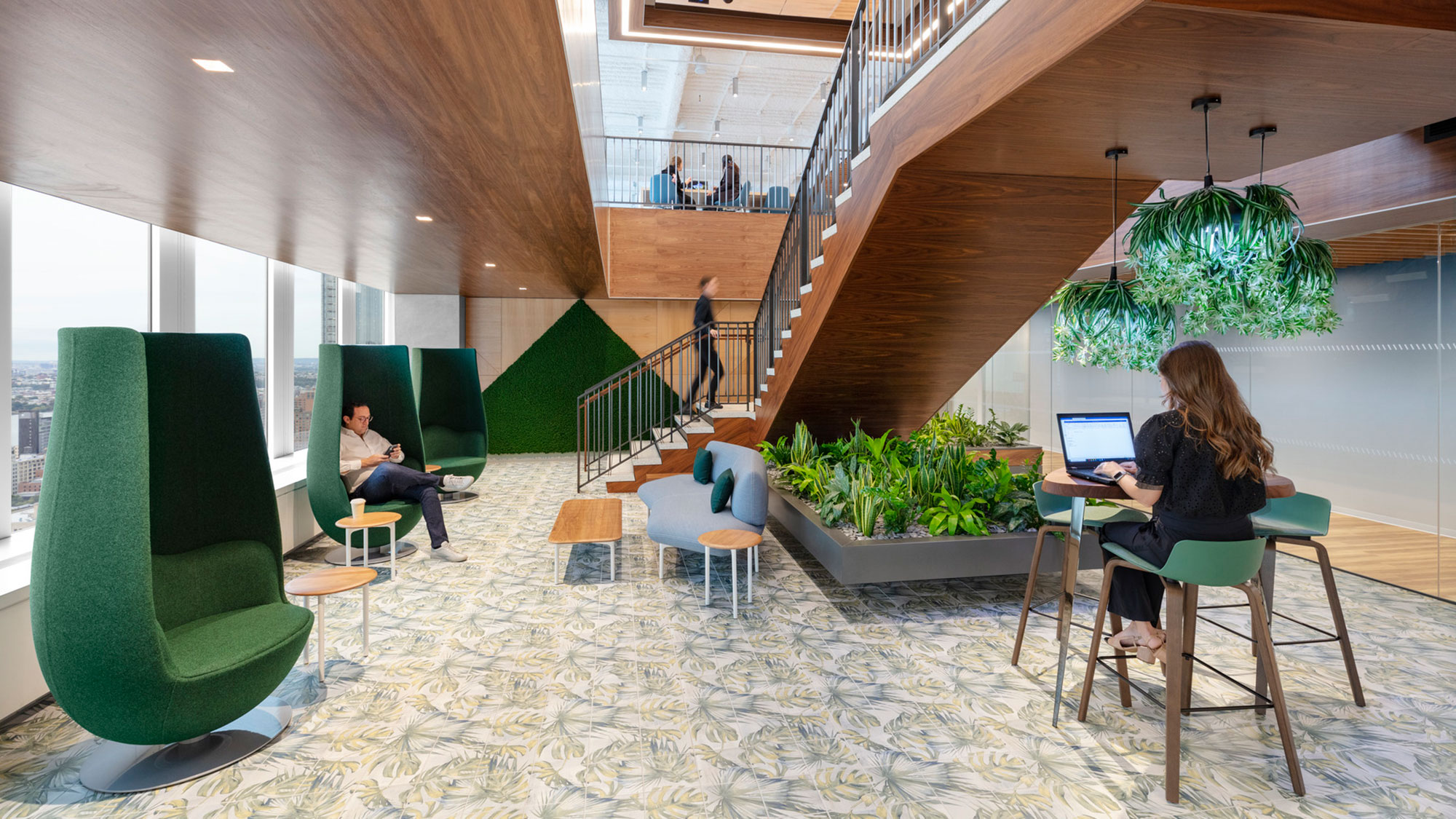
In 2024, being intentional about desired behaviors, leveraging data to simulate potential future needs, and being experimental will help build an effective and impactful work experience as your company navigates a still-changing workplace environment. Moving forward, the most successful workplaces will offer compelling destinations that create a variety of inclusive workspaces where workers can focus, connect, and collaborate. As a result, the companies that build meaningful experiences fostering a sense of community, connection, and well-being will have a competitive advantage over those that don’t.
For media inquiries, email .
